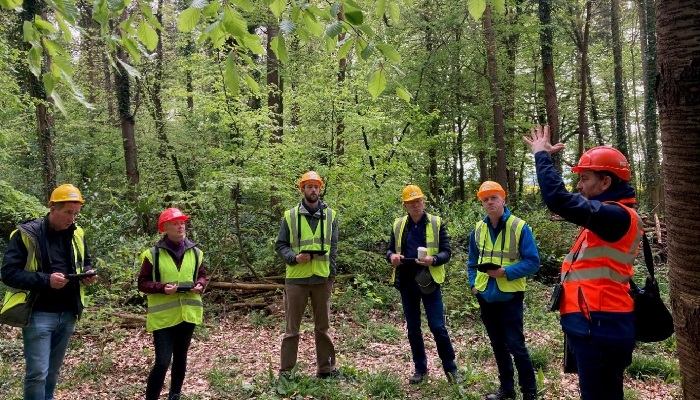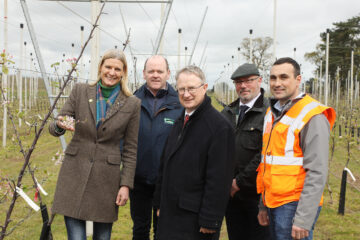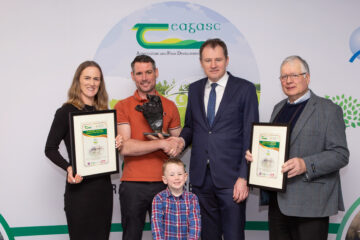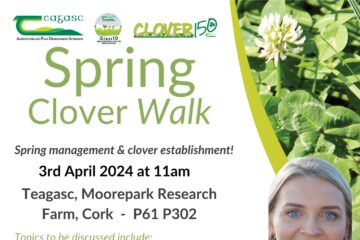Almost 500 landowners recently availed of the opportunity to have a confidential, independent and objective appointment with an experienced Teagasc Forestry Advisor by attending a one-to-one clinic.
This nationwide series of forestry clinics placed a strong focus on forest creation opportunities under the new Forestry Programme 2023-2027. The initial schedule of 36 clinic days was increased to 70 clinics in order to accommodate the very high level of demand from farmers, landowners and existing forest owners.
The Teagasc forestry clinics facilitated awareness raising and informed decision-making on forest creation options. Clinic attendees had many queries clarified on a broad range of topics. These included key issues such as land types and forest project eligibility, interactions of forestry with farm enterprises and schemes, discussion on the range of Forest Types (FTs) available under the new Forestry Programme and options under the Native Tree Area Scheme.
Promotion around this clinic series also prompted many additional email and phone enquiries beyond the actual clinics. Many landowners attending the clinics showed a strong interest in the Native Tree Area Scheme. Popular options explored under the Afforestation Scheme included native forests (Forest Types 1 and 2), Agroforestry (Forest Type 8), continuous cover forestry (Forest Type 10) and mixed high forests (Forest Type 12).
Landowners interested in the Forest Types available under the Afforestation Scheme had proposed areas for planting mainly within the 6 to 9 hectares range. Landowners with a focus on the Native Tree Area Scheme generally had smaller proposed areas, consistent with the scheme threshold per scenario of 1.3 hectares, which includes allowable areas for biodiversity enhancement.
The clinics also made landowners aware of the main eligibility criteria for planting. Factors such as soil type (peat soils over 30cm depth), protected bird areas (e.g. breeding waders), site elevation and current ACRES involvement impact on the options open to the landowner.
Frances McHugh, Teagasc Forestry Development Officer said that “The clinics gave landowners an opportunity to discuss forestry in the context of the suitability of a specific land parcel and planting trees in the context of their whole farm.
“While landowners were attracted by the financial supports for forestry, the decision to plant is a permanent land use change, so it is important for landowners to discuss every aspect of planting, and be informed prior to proceeding with an application”.
The large attendance at the forestry clinics clearly demonstrated that many landowners are interested in planting trees and had a real appreciation of the benefits of trees – be it timber production, carbon sequestration, biodiversity or a desire to create a ‘legacy’ for the next generation.
(Source: Teagasc)



